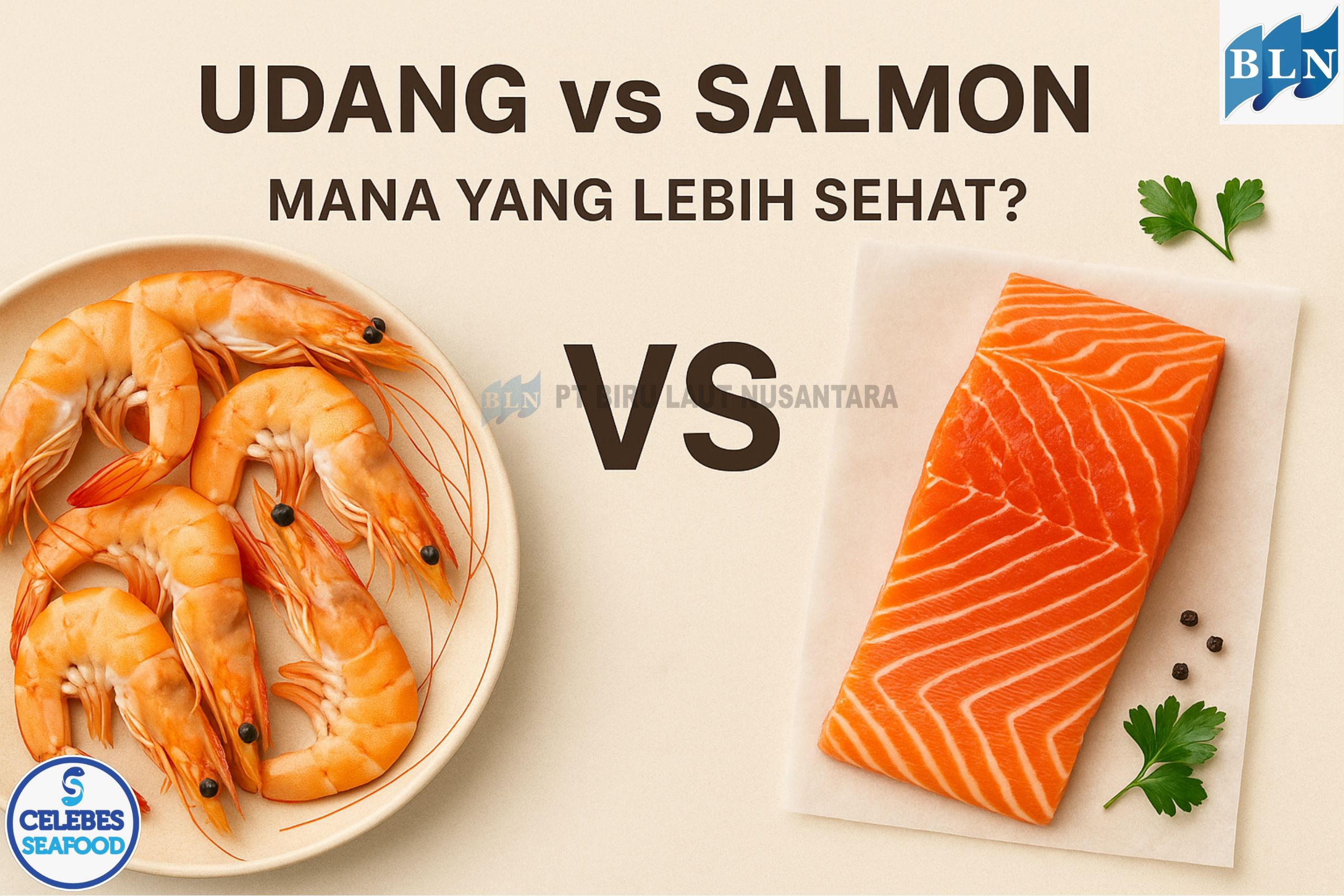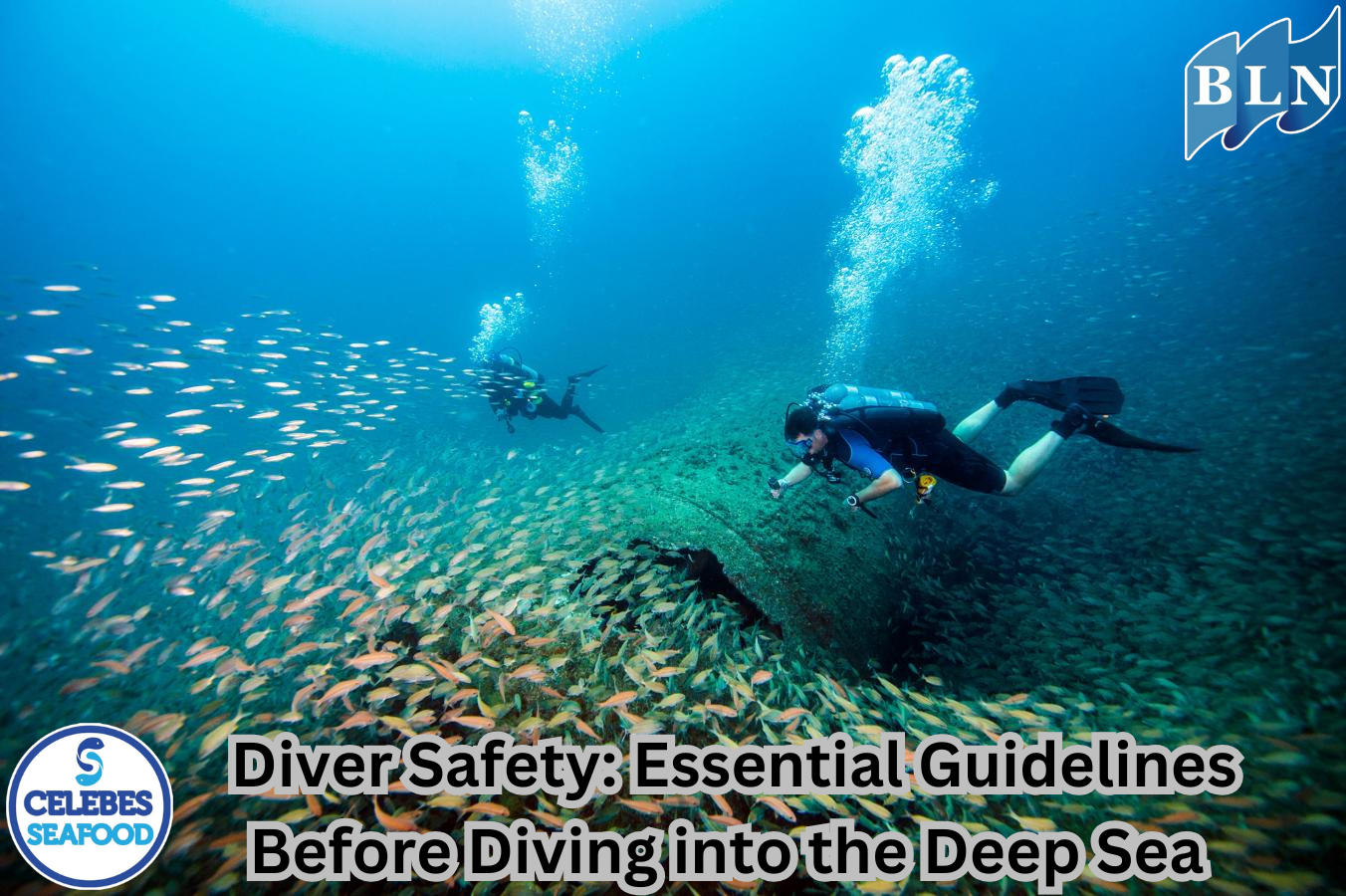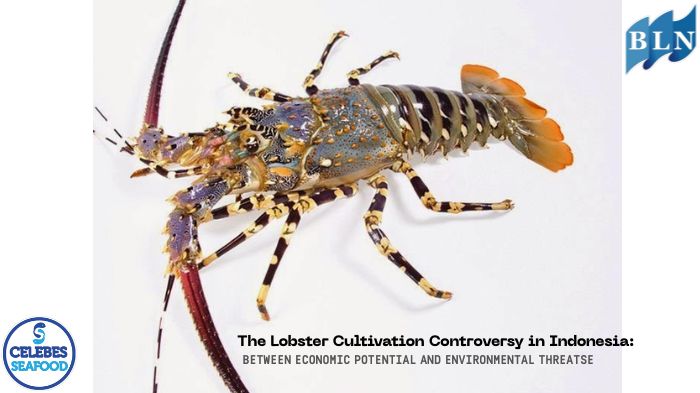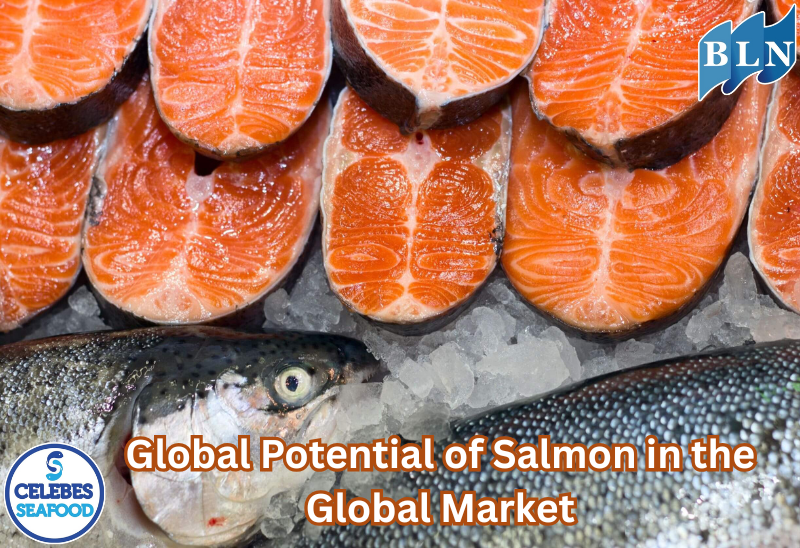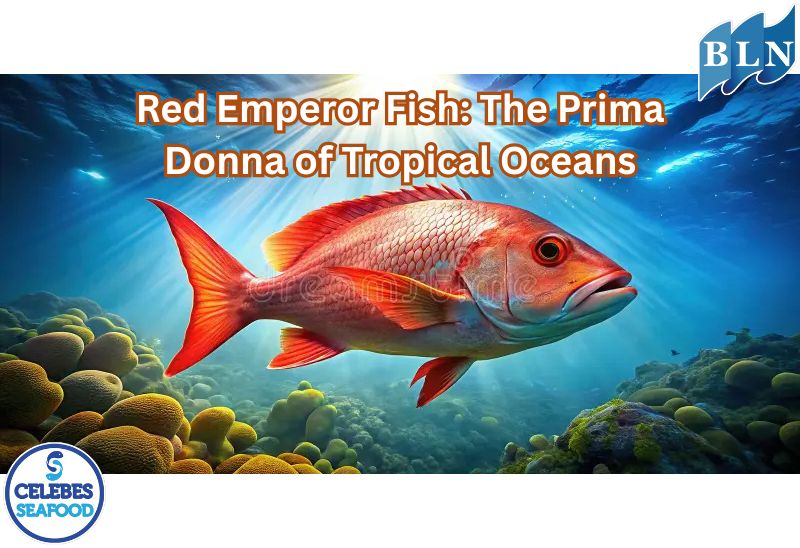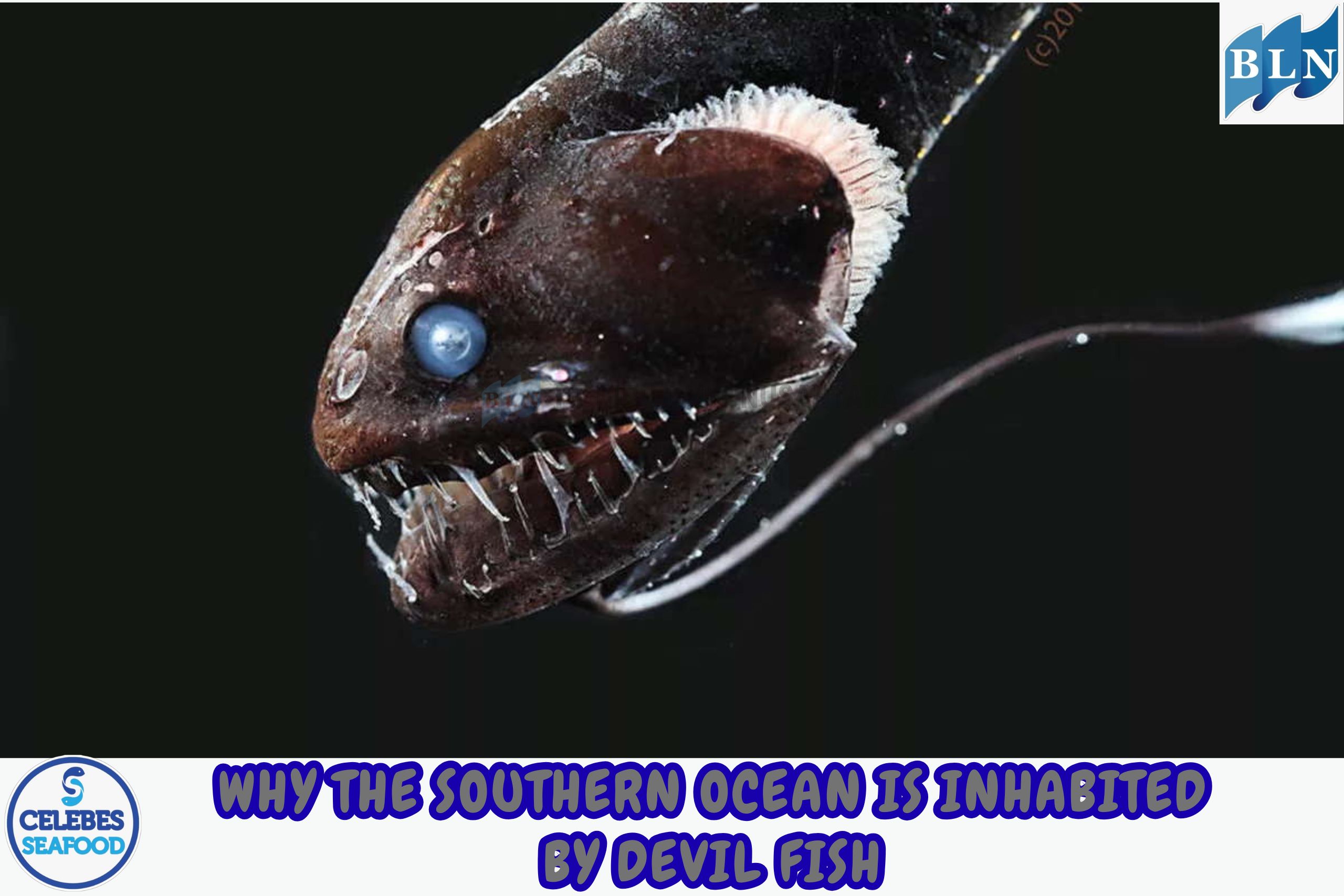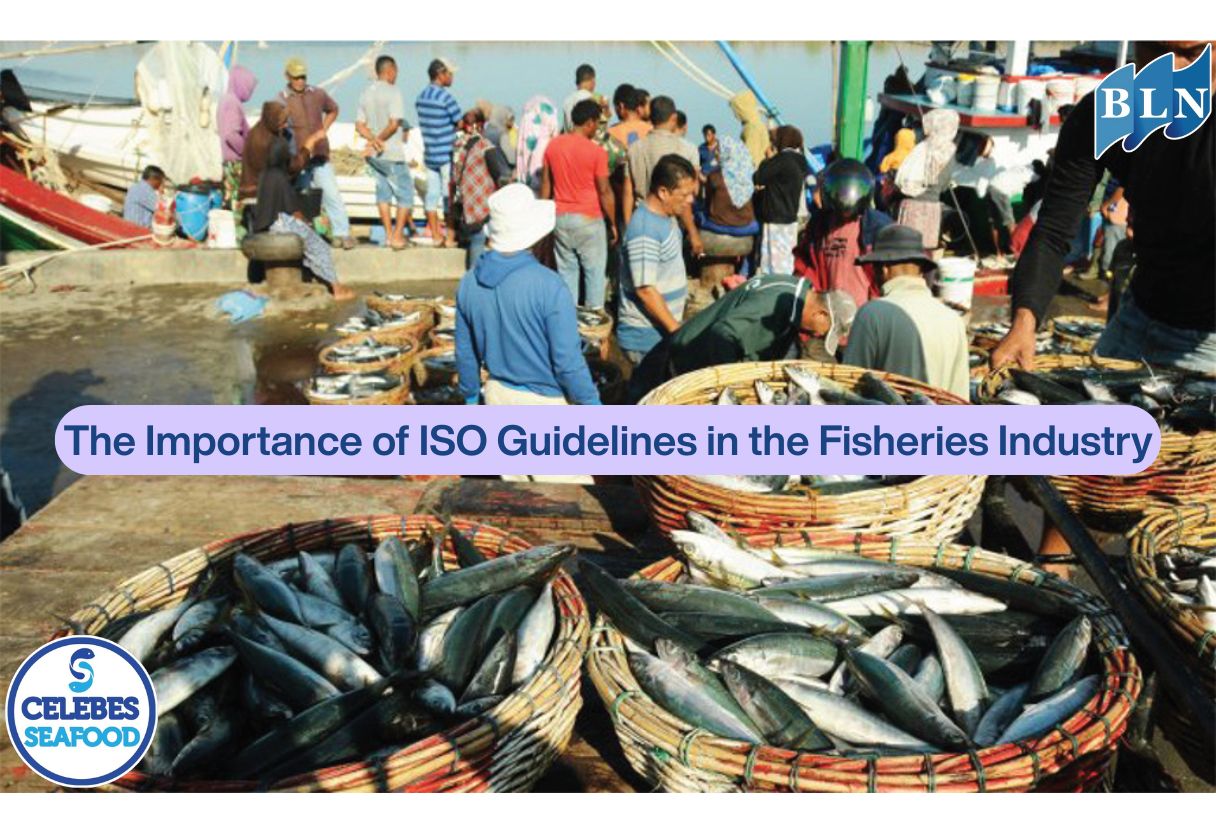The Rhythmic Pulse of Life: How Ocean Waves Influence the World of Fish
By. Tri - 20 May 2025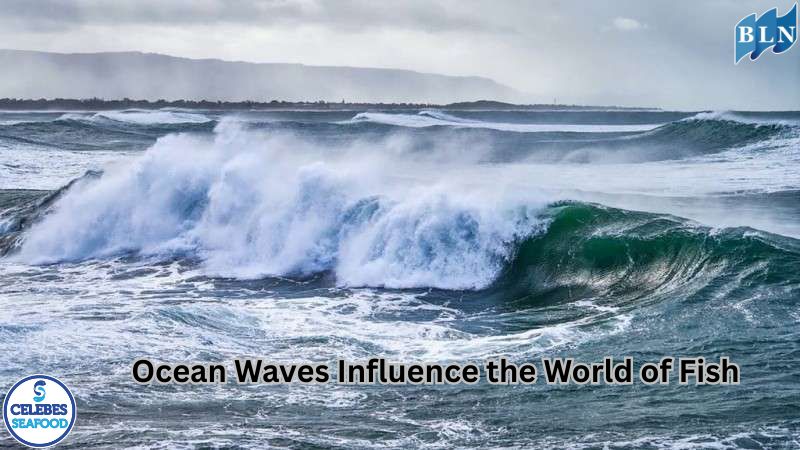
lautnusantara.com_ Ocean waves are not merely a physical phenomenon that limits our interaction with the seas. Rather, they are the very pulse of marine ecosystems, a driving force that fundamentally shapes the life within, particularly for fish populations. Their influence extends from the microscopic scale to vast ocean expanses, and from the physiological processes of individuals to the dynamics of entire populations and communities.
Pervasive Physical and Chemical Influences:
- Transport of Water Masses and Temperature: Waves, through the currents they generate, play a crucial role in mixing water masses of different temperatures. This vertical and horizontal movement distributes heat, helping to moderate temperatures at various depths and locations. For fish sensitive to temperature changes, stable and predictable wave patterns are vital for their survival and geographic distribution. Altered wave patterns due to climate anomalies can lead to extreme temperature fluctuations that threaten certain species.
- Distribution of Salinity: Similar to temperature, waves and currents also contribute to the homogeneity of salinity within the water column. Drastic changes in salinity can affect the osmoregulation of fish, a vital process for maintaining their body fluid balance. Areas with good water mixing due to wave action tend to have more stable salinity levels, supporting higher diversity of fish species.
- Dispersion of Sediments and Water Turbidity: Waves, especially in coastal areas, can lift and transport sediments. The resulting level of water turbidity can affect the penetration of sunlight, which is essential for phytoplankton photosynthesis, the base of the marine food web. Excessive turbidity can also impair the ability of fish to see prey or predators, as well as damage their gills. Changing wave patterns can trigger more intense erosion, significantly increasing turbidity.
Complex Biological Impacts:
- Food Availability and Food Webs: As mentioned earlier, waves are primary agents in the distribution of plankton. However, their influence extends further within food webs. Currents generated by waves can accumulate prey concentrations in specific areas, creating feeding "hotspots" for predatory fish. Conversely, strong waves can disperse aggregations of prey, making it harder for fish to forage. Shifts in wave patterns can disrupt this balance, impacting the growth and reproduction of fish at various trophic levels.
- Life Cycles and Larval Dispersal: Waves and currents are "vehicles" for planktonic fish larvae. They transport larvae from spawning grounds to potential nursery areas. Stable and predictable current patterns are crucial for successful recruitment of fish populations. Unpredictable currents due to erratic waves can lead to larvae being swept into unsuitable habitats or exposed to higher levels of predation.
- Communication and Orientation: Some research suggests that fish can detect changes in water pressure and vibrations generated by waves. This information may be used for spatial orientation, navigation during migrations, or even communication between individuals. Alterations in wave characteristics, such as frequency or amplitude, could potentially disrupt the ability of fish to utilize these environmental cues.
- Physiological Stress and Immunity: Constant exposure to extreme waves and turbulence can cause physiological stress in fish. The extra energy required to maintain position and swim against strong currents can deplete their resources, affecting growth, reproduction, and even their immune systems, making them more susceptible to diseases.
Ecological and Evolutionary Consequences:
- Habitat Formation and Biodiversity: The erosive and depositional forces of waves constantly shape the underwater landscape. The formation of coral reefs, sandbars, and intertidal zones is heavily influenced by wave dynamics. This habitat variation supports a diversity of different fish species, each with unique adaptations to local wave conditions. Long-term changes in wave patterns can alter these habitat structures, threatening the species that depend on them.
- Natural Selection and Adaptation: Over millions of years, waves have been a major selective force in fish evolution. Species living in areas with strong wave action often develop morphological adaptations such as more streamlined bodies, strong fins, or the ability to cling to substrates. Rapid changes in wave patterns can impose new selective pressures, potentially threatening species that cannot adapt quickly enough.
Implications for Conservation and Management:
Understanding the far-reaching influence of ocean waves on fish is crucial for effective conservation and fisheries management. Climate change, leading to increased frequency and intensity of storms and extreme waves, can have devastating impacts on fish populations and marine ecosystems as a whole. Monitoring wave patterns, modeling their effects on habitats and fish populations, and managing human activities in coastal zones with consideration for wave dynamics are vital steps to protect our valuable marine biodiversity for the future.
In essence, ocean waves are far more than just beautiful natural phenomena. They are a fundamental force that permeates every aspect of fish life, from the oxygen molecules they breathe to the landscapes they inhabit and evolve within. Comprehending the complex symphony between waves and underwater life is key to safeguarding the health and sustainability of our marine ecosystems.
If you are interested in our Coral Trout Fillet Skin On, CORAL TROUT WGG WHOLE GILLED GUTTED, TOMATO COD WHOLE GILLED GUTTED please do not hesitate to contact us through email and/or whatsapp.
